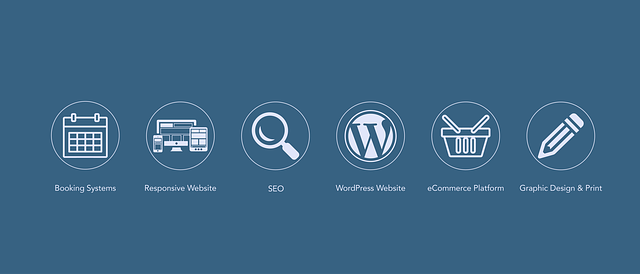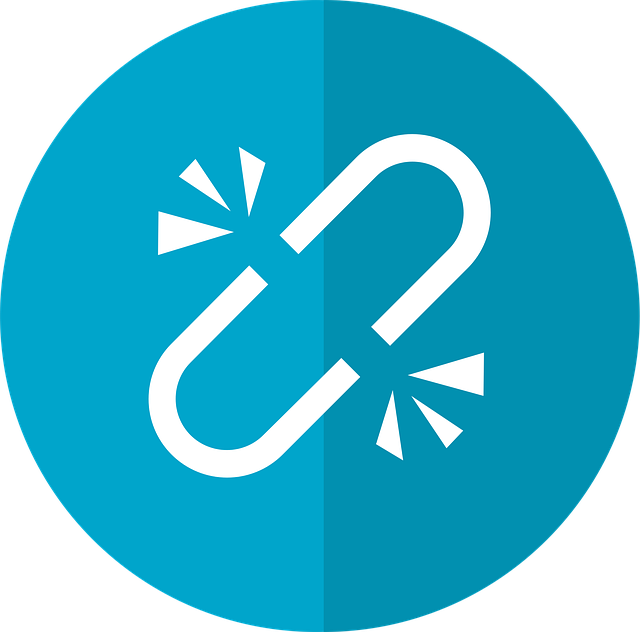Link equity distribution in WordPress optimizes SEO by determining page authority flow through internal links. Strategic approaches include fixing broken links, optimizing anchor text, and balancing distribution for improved site rankings and user experience. Regular audits and tool usage are essential to measure success and keep the site dynamic.
Many websites struggle with internal linking, a key SEO factor. This guide is designed to help you tackle broken or weak internal links and optimize your site structure effectively. We’ll delve into crucial aspects like understanding link equity distribution, identifying problematic links, assessing site structure, and implementing strategic improvements tailored for WordPress sites. Learn how to measure and monitor success to ensure your internal linking enhances your website’s overall performance and SEO value.
- Understanding Link Equity Distribution
- Identifying Broken or Weak Internal Links
- Assessing Site Structure for Efficiency
- Strategies to Improve Internal Linking
- Optimizing for WordPress Sites
- Measuring and Monitoring Success
Understanding Link Equity Distribution

Link equity distribution is a crucial aspect of SEO for WordPress sites. It refers to how much ‘value’ or ‘rank’ is passed from one page to another through internal links. Each link from a high-authority page to a lower-authority one contributes to the overall link equity, which can significantly impact your site’s search rankings. Understanding this distribution is key to optimizing your internal linking strategy.
In WordPress, several factors influence how link equity is distributed. The strength of the referring page, the relevance of the linked content, and the number of links on each page all play a role. A well-planned link equity distribution strategy ensures that important pages receive enough signals from relevant sources, enhancing their SEO value. Optimization techniques include identifying weak links, refining anchor text usage, and ensuring a balanced distribution across your site’s structure.
Identifying Broken or Weak Internal Links

Identifying broken or weak internal links is a crucial step in optimizing your site’s structure and improving user experience. In WordPress, these issues can stem from various sources, such as incorrectly edited pages, outdated content, or changes in URL structures. To uncover them, utilize tools like Google Search Console and browser developer consoles, which can flag missing or faulty links. Additionally, conducting a manual audit of your site’s navigation helps pinpoint problematic areas.
Focus on understanding the link equity distribution within your WordPress site. A well-optimized internal linking strategy ensures that link equity is evenly distributed across relevant pages, enhancing their authority and search rankings. By implementing a comprehensive link equity distribution tutorial or strategy, you can avoid weak links that dilute the value of your site’s overall backlink profile. This optimization involves carefully analyzing anchor text usage, ensuring a logical flow of page relationships, and correcting any broken links to foster better connectivity between your content.
Assessing Site Structure for Efficiency

Evaluating your site’s structure is a crucial step in identifying internal linking problems. It involves understanding how pages are connected and ensuring that link equity is distributed evenly across your WordPress website. A well-organized site structure promotes better user experience, enabling visitors to navigate effortlessly and find relevant content quickly.
In the context of link equity distribution for WordPress, it’s essential to analyze page importance, identify low-quality or broken links, and optimize anchor text usage. Using a link equity distribution tutorial or tips can guide you in discovering pages that are central to your site’s information architecture. This process ensures that search engine crawlers understand the value of each page, leading to better SEO performance.
Strategies to Improve Internal Linking

Improving internal linking is a strategic approach to enhancing your site’s architecture and overall user experience. One of the key aspects to focus on is link equity distribution optimization for WordPress sites. Link equity refers to the value passed from one page to another through inbound links, and it’s crucial for search engine understanding of your site’s hierarchy and relevance. To achieve efficient link equity distribution, ensure that your internal links are contextually relevant—each link should logically lead users to content that complements or expands on the previous page.
Utilize link equity distribution tips such as anchor text variation to make your internal links appear natural and avoid keyword stuffing. A well-structured site navigation system with clear categories and subcategories also aids in guiding users and search engine crawlers alike. Additionally, consider implementing a breadcrumb trail for better context and improve the accessibility of interior pages. Regularly audit your site’s internal linking structure using available SEO tools to identify weak links or broken anchors, promptly fixing these issues for an optimal link equity distribution tutorial that contributes to better search engine rankings and user engagement.
Optimizing for WordPress Sites

For WordPress site owners, optimizing internal linking is crucial for achieving effective link equity distribution. WordPress, as a popular content management system, offers unique opportunities and challenges when it comes to building a robust internal linking strategy. Understanding link equity distribution SEO involves ensuring that your website’s most important pages gain the highest value and authority from incoming links.
By implementing thoughtful link equity distribution tips, you can enhance the overall SEO of your WordPress site. Focus on creating relevant anchor text, utilizing category and tag pages strategically, and interlinking posts within each other to pass along link equity evenly. These practices contribute to a better link equity distribution optimization process, strengthening your website’s architecture and improving its chances of ranking higher in search engine results.
Measuring and Monitoring Success

Measuring and monitoring the success of your internal linking efforts is crucial for understanding the impact of your optimizations. In WordPress, one key metric to focus on is the link equity distribution. This refers to the value passed from one page to another through backlinks, which can be analyzed to ensure a balanced and efficient site structure. Using tools specifically designed for WordPress, you can track changes in link equity distribution as a result of your strategies.
A link equity distribution tutorial or strategy should aim to identify pages with low or no equity passing through them, as these could be contributing to weak internal linking. By optimizing these pages, you can enhance the overall connectivity and relevance of your site’s content. Regularly reviewing and adjusting your link equity distribution optimization strategies will ensure that your website remains a dynamic, well-connected resource for users and search engines alike.
